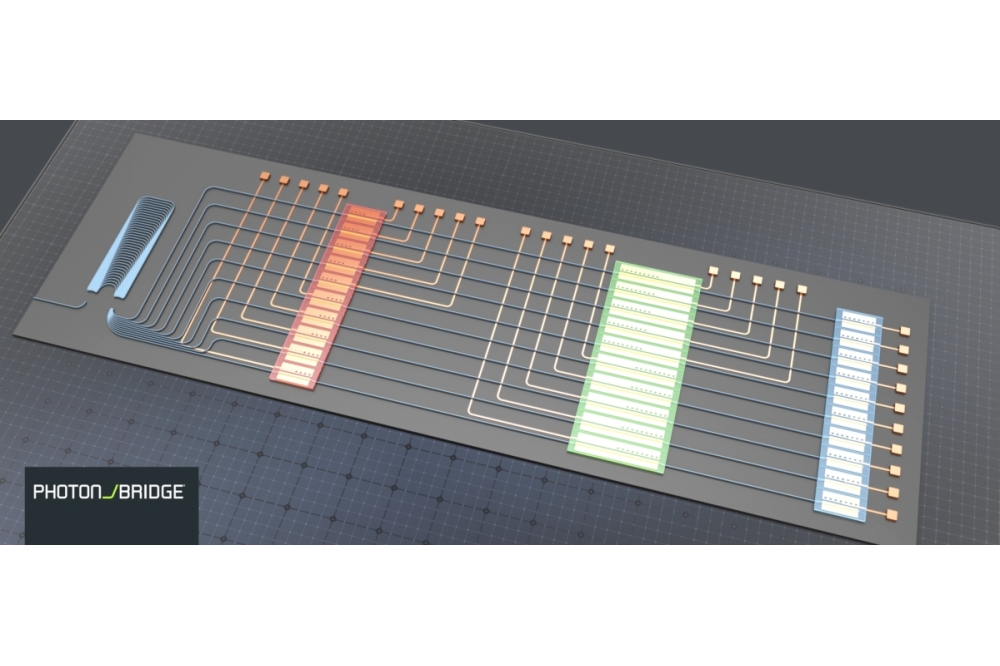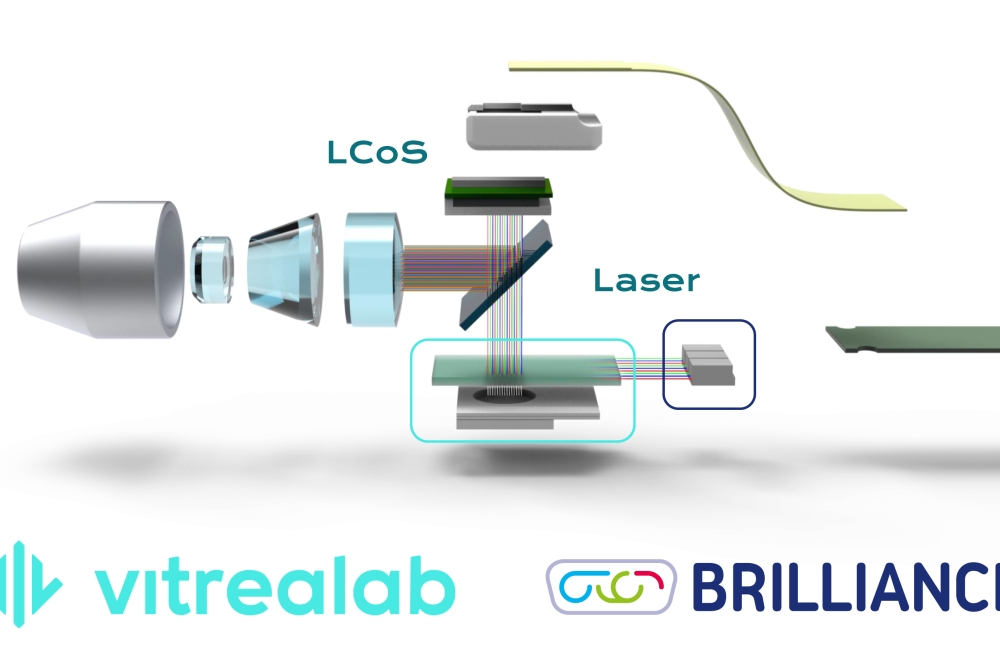Polariton announces 448G-per-lane O-band transmission with plasmonic modulators

The company says its technology offers a bandwidth exceeding 145 GHz, ultra-compact integration, and compatibility with high-volume silicon photonics manufacturing, as well as stable operation over long periods without the need for retuning
Polariton Technologies has announced new experimental results achieving 448G transmission in the O-band using commercial plasmonic silicon ring resonator modulators.
The measurements are related to the introduction of Polariton’s 8-channel transmitter PIC, designed for 3.2T-DR8 optical engines and transceivers. With an electro-optical bandwidth exceeding 145 GHz, ultra-compact integration, and compatibility with high-volume silicon photonics manufacturing, the company says its PIC provides sufficient performance for 400G- and 800G-per-lane operation, showing a way forward for a few technology generations. The work was performed in collaboration with ETH Zurich and the Institute for Electromagnetic Fields (IEF).
As the industry targets ramp-up of next generation transceivers as early as 2027, Polariton says plasmonic modulators deliver the necessary performance today. Together with energy efficiency and thermal robustness, the company aims to position plasmonics as the enabling technology for future datacentre components, AI, and HPC interconnects.
According to Polariton, plasmonic ring resonator modulators (RRMs) fabricated on silicon photonics employed at 1310 nm with PAM-4 or higher-order signalling, establish best-in-class metrics for compact transceivers like co-packaged optics (CPO). While the results showcase data rates for PAM-4 modulation, they also confirm the viability of PAM-6 and PAM-8 signalling for higher throughput, says Polariton. Reaching a steady improvement of what is possible in laboratory setups, the measurement instruments are the limiting factors in terms of bandwidth, the company adds.
“Reaching 448G per lane in the O-band with our plasmonic silicon modulators is an important first milestone,” said Benedikt Baeuerle, co-CTO of Polariton. “The next step is to co-optimise this device with high-speed electronics in an optical transmit engine to unlock their full performance and power consumption below the 1 pJ/bit. The combination of silicon photonics and plasmonics will be key for next generation optical transceivers like CPOs where bandwidth, density, and power efficiency converge.”
The employed EO modulators excel for their footprint and the versatility to be integrated into a multitude of silicon photonics processes, as a back-end addition to standard semiconductor processing, according to Polariton. Unlike silicon microrings, the company says these components have been proven to work stably for long periods without the need for retuning after small temperature changes.

































